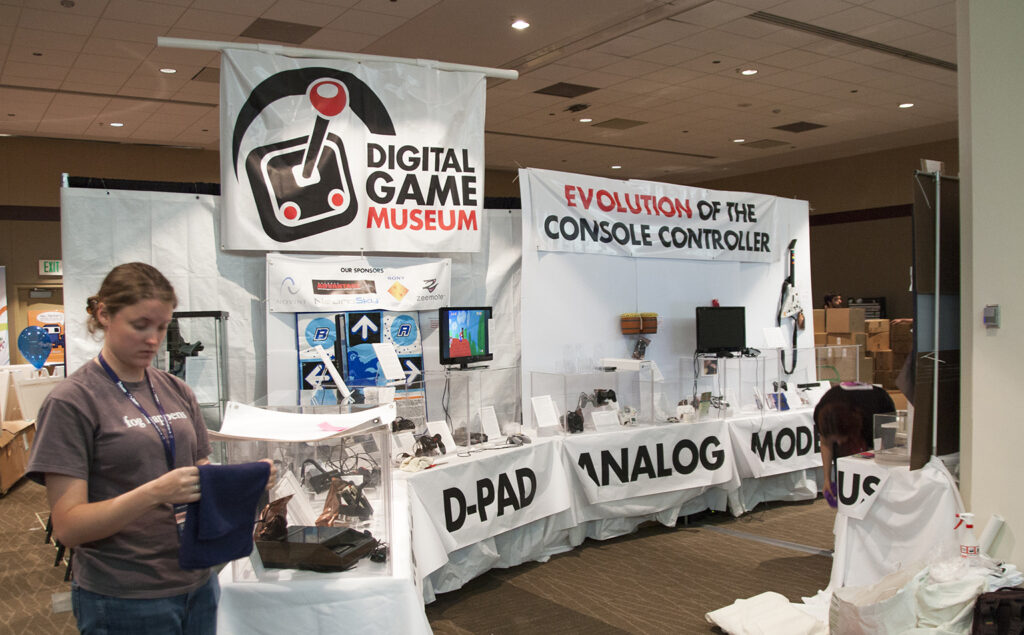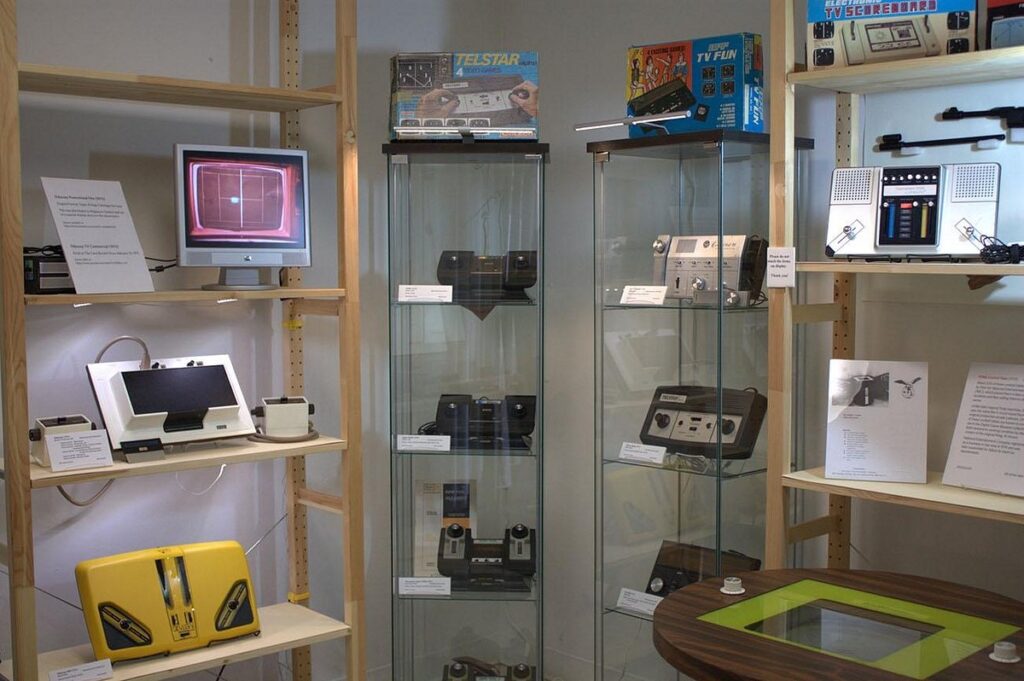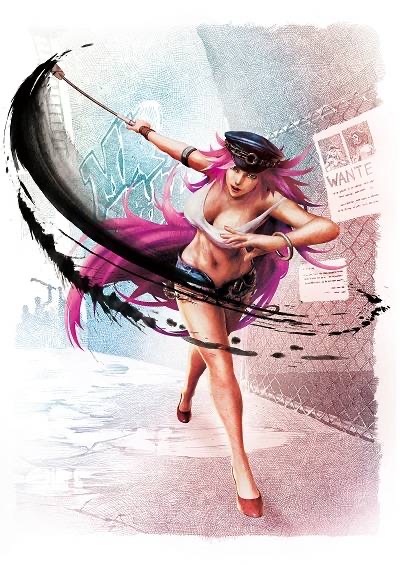For this assignment on media, I chose to explore museums that focus on video games because I like games. I visited the Digital Game Museum located in Silicon Valley, California. According to its website, the museum houses, and exhibits, “…artifacts relating to digital games, game development, game design, and gaming culture.” The museum preserves, presents and explores the impact of video gaming on individuals and communities. They have exhibits on game controllers, rhythm games like Dance Revolution and Guitar Hero; adventure games and the one that captured my attention enough to write about it, “The Origins of Brawlers.” Sadly, it does not appear that this museum is open anymore considering there have not been no new post to their Facebook page or updates to their website since 2020. Nevertheless, there’s some online information to draw upon for now.
Also known as Beat ‘em Ups, Brawler games are essentially nonstop fighter games that follow storylines in which the protagonist(s) must fight oncoming attacks from baddies in side-scrolling environments. Of the games I have played that are in Digital Games Museum exhibit are Teenage Mutant Ninja Turtles, Kung Fu Master, and Final Fight Under their Collections Policy tab, they speak about conservation, acquisition and deaccessioning of their digital media artifacts. For this assignment let’s just home in on their conversation efforts.

“All digital material will be copied and stored in digital format on site and in an off site repository, including games, operating systems, digital photographs, audio, and scans. Original hard copy will be stored by the museum as artifacts.”
Though there’s no accessible online database, they say all digital records are archived as well as backups are created. They keep the artifacts stored in temperature, humidity, and light controlled storage. Many of the items they have on display are playable. Everything from Atari consoles to pinball machines, the Digital Games Museum looks like it was fun place to go explore and learn about the history of digital games.

What intrigued me the most and inspired this writing was that I learned something new about one of my favorite arcade games, Final Fight (1989). I did not know that Poison and Roxy, two of the original baddie non-playable characters in the game were transgender women. The game originated in Japan, created by Yoshiki Okamoto in 1989 but when it moved to the U.S. markets, the character was replaced by Billy and Sid. Eventually, Poison returned to the game in subsequent brawlers as fully developed character.

My question of the week is, if you have video game consoles do you preserve them when they become obsolete or you no longer use them and if so how?
This was a really fun post to read! I love video games and I had no idea that there was a museum for video games! To answer your question, I actually still have some of my old game consoles such as my Wii. I don’t use my Wii anymore due it being overused and worn out but I have it boxed away and “preserved”. I still have my Xbox 360 which I still use and, if I need to box it away due to it getting worn out like my Wii, I will do that. So, in short, I would box it away when I no longer use them.
I loved this post, what a cool idea! I have an old original Nintendo, and I still play it. It’s slightly different these days, because I learned the hard way that the Duck Hunt gun won’t work with newer TVs. It was designed for the old CRT TVs, and needs to interact with the tubes to work. However, when I’m not using it, I store it in my room up high and make sure that it’s cleaned regularly. That’s it, really. I should Google how to care for old gaming consoles!